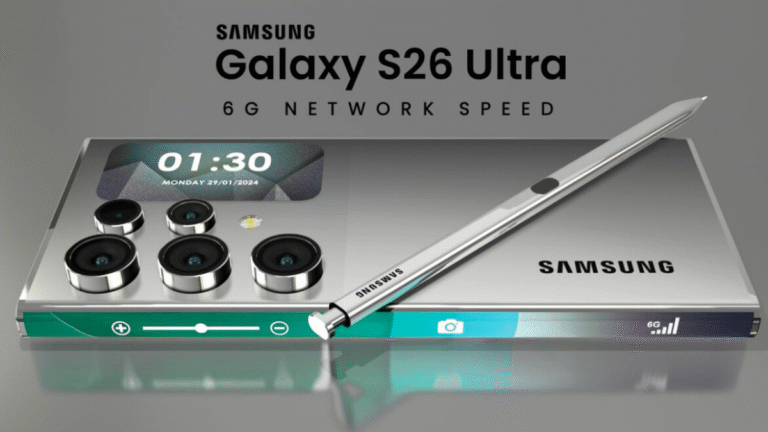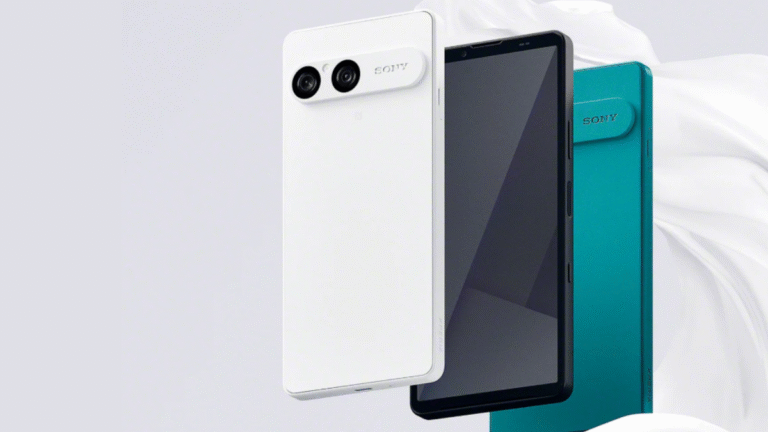
India’s once-booming wearable market is experiencing a notable slowdown, with smartwatches emerging as the main reason behind the slump. For the fifth consecutive quarter, the overall wearable shipments in the country have declined, pointing to a shift in consumer behavior and market saturation.
The Rise and Stall of Smartwatches
Smartwatches were once the star of India’s wearable sector. Affordable pricing, trendy designs, and health-tracking features drove massive adoption between 2020 and 2022. However, the same segment is now struggling to maintain growth. Analysts suggest that the initial wave of demand has slowed because most first-time buyers are not upgrading quickly.
Unlike smartphones, which are replaced every two to three years, smartwatches often last longer and offer limited reasons for immediate upgrades. This has resulted in fewer repeat purchases, dragging down the segment’s momentum.
Price Pressure and Overcrowding
The Indian market is also witnessing intense competition. Dozens of brands, from global players like Apple and Samsung to homegrown companies such as Noise, Fire-Boltt, and boAt, are offering a wide range of products. While this led to aggressive pricing and heavy discounts, it also created overcrowding.
With so many similar-looking devices offering overlapping features—step tracking, heart rate monitoring, SpO2 sensors, and even calling support—consumers no longer feel the urgency to buy the latest model.
Shift Towards Earwear and Fitness Bands
While smartwatches are struggling, other wearable categories continue to hold ground. True Wireless Stereo (TWS) earphones remain popular, thanks to increased remote work and the growing culture of streaming content on the go. Similarly, basic fitness bands, though less flashy, are still attracting budget-conscious consumers who want essential tracking without spending on a full-fledged smartwatch.
This shift shows that Indian consumers are now more selective, prioritizing utility and affordability over novelty.
Economic Factors Play a Role
The broader economic environment has also contributed to the slowdown. With rising inflation and cautious consumer spending, non-essential gadgets like smartwatches are often delayed or skipped altogether. Many buyers are holding onto their existing devices longer, further impacting shipments.
Retailers, too, are adjusting strategies. Instead of overstocking, they are reducing inventory to avoid unsold units piling up, which has added to the visible drop in shipment numbers.
What Lies Ahead?
Despite the decline, industry experts believe the smartwatch market in India is far from over. The next wave of growth could come from AI integration, advanced health tracking, and better ecosystem connectivity with smartphones, smart TVs, and even electric vehicles.

If brands can innovate beyond the usual health metrics and create compelling use cases—such as early health diagnostics, personalized coaching, or seamless smart-home integration—consumers may once again see value in upgrading.
Additionally, premium models may continue to find takers among urban professionals, while budget-friendly wearables will target first-time users in smaller cities. The challenge for brands lies in striking the right balance between innovation, affordability, and long-term value.
The Indian wearable market’s five-quarter slump highlights the maturing phase of smartwatches. After years of rapid adoption, consumers are now pausing to reassess whether upgrades are truly necessary. While smartwatches currently drag the market down, the long-term future may still look promising if brands can innovate meaningfully and adapt to evolving consumer expectations.






